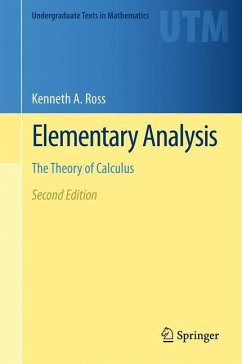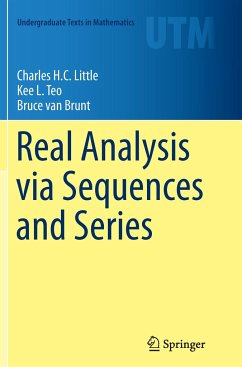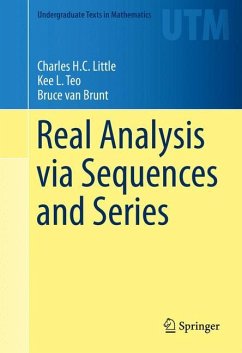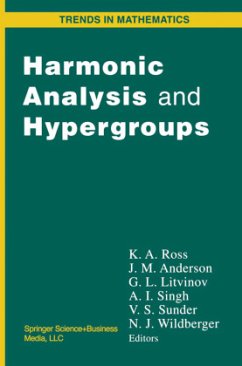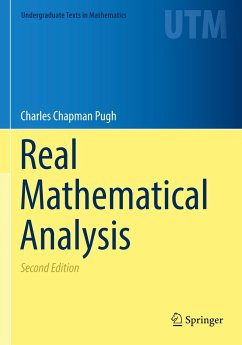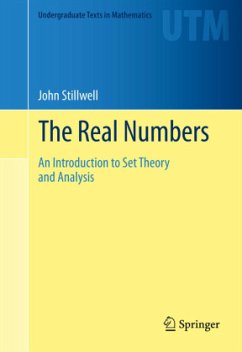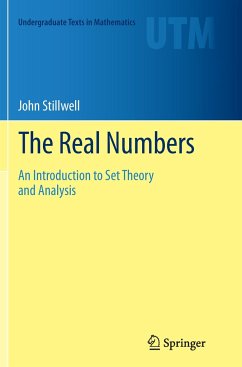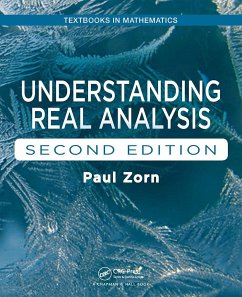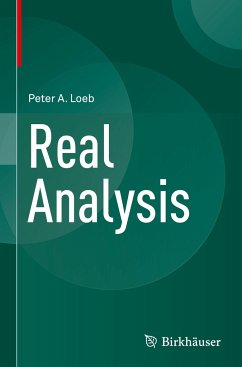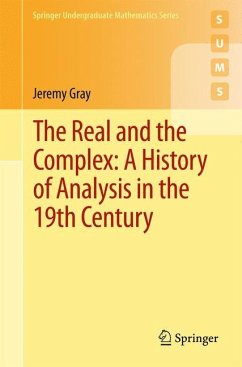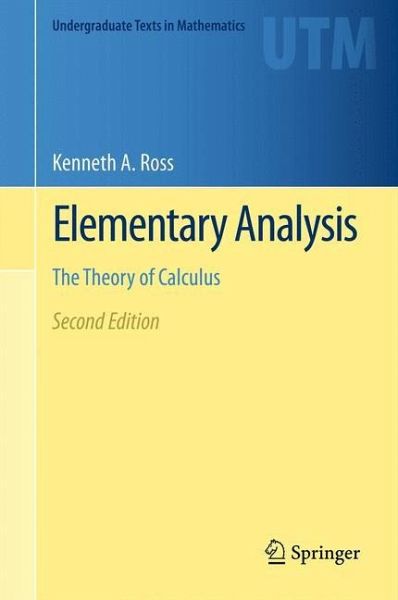
Elementary Analysis
The Theory of Calculus
Versandkostenfrei!
Versandfertig in 6-10 Tagen
34,99 €
inkl. MwSt.
Weitere Ausgaben:

PAYBACK Punkte
17 °P sammeln!
For over three decades, this best-selling classic has been used by thousands of students in the United States and abroad as a must-have textbook for a transitional course from calculus to analysis. It has proven to be very useful for mathematics majors who have no previous experience with rigorous proofs. Its friendly style unlocks the mystery of writing proofs, while carefully examining the theoretical basis for calculus. Proofs are given in full, and the large number of well-chosen examples and exercises range from routine to challenging.The second edition preserves the book's clear and conc...
For over three decades, this best-selling classic has been used by thousands of students in the United States and abroad as a must-have textbook for a transitional course from calculus to analysis. It has proven to be very useful for mathematics majors who have no previous experience with rigorous proofs. Its friendly style unlocks the mystery of writing proofs, while carefully examining the theoretical basis for calculus. Proofs are given in full, and the large number of well-chosen examples and exercises range from routine to challenging.
The second edition preserves the book's clear and concise style, illuminating discussions, and simple, well-motivated proofs. New topics include material on the irrationality of pi, the Baire category theorem, Newton's method and the secant method, and continuous nowhere-differentiable functions.
The second edition preserves the book's clear and concise style, illuminating discussions, and simple, well-motivated proofs. New topics include material on the irrationality of pi, the Baire category theorem, Newton's method and the secant method, and continuous nowhere-differentiable functions.




